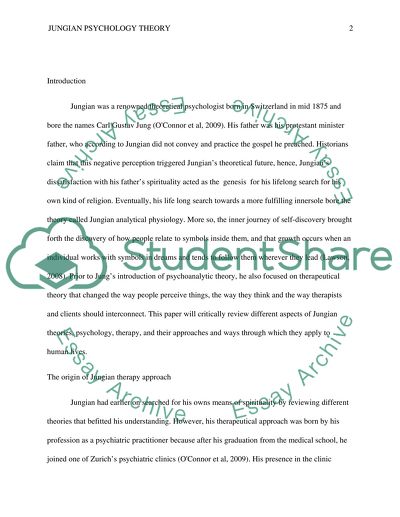Cite this document
(“Jungian Psychology Theory Term Paper Example | Topics and Well Written Essays - 2000 words”, n.d.)
Jungian Psychology Theory Term Paper Example | Topics and Well Written Essays - 2000 words. Retrieved from https://studentshare.org/psychology/1486646-jungian-theory
Jungian Psychology Theory Term Paper Example | Topics and Well Written Essays - 2000 words. Retrieved from https://studentshare.org/psychology/1486646-jungian-theory
(Jungian Psychology Theory Term Paper Example | Topics and Well Written Essays - 2000 Words)
Jungian Psychology Theory Term Paper Example | Topics and Well Written Essays - 2000 Words. https://studentshare.org/psychology/1486646-jungian-theory.
Jungian Psychology Theory Term Paper Example | Topics and Well Written Essays - 2000 Words. https://studentshare.org/psychology/1486646-jungian-theory.
“Jungian Psychology Theory Term Paper Example | Topics and Well Written Essays - 2000 Words”, n.d. https://studentshare.org/psychology/1486646-jungian-theory.


